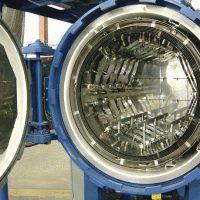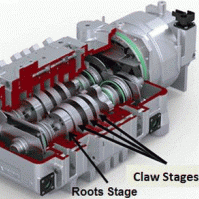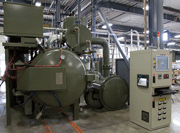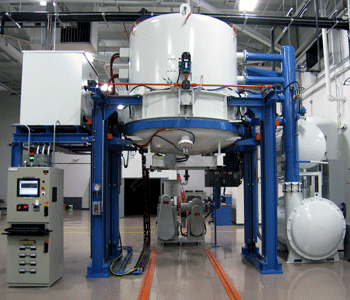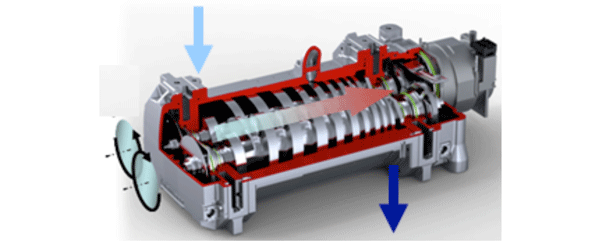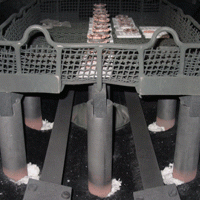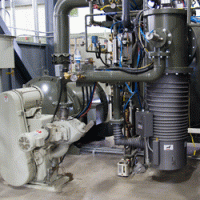We study vacuum science and vacuum engineering in order to better understand the role vacuum technology plays in creating useful engineered products (Fig. 1, Table 1). Manufacturing as we know it, and research and development as we have come to depend upon it, would not exist without the creation and control of the vacuum “atmosphere”..
Vacuum techniques are important in both the industrial setting and for the scientific community, whether it be in heat treatment or high-energy physics. At the heart of vacuum processing for manufacturing is the modern vacuum furnace. Ever since the introduction of the electric light at the beginning of the 20th century, society and manufacturing have been linked to advances in vacuum science and engineering. Examples include the development of modern computers to advanced transportation systems; the very fabric of modern society depends on vacuum technology.

